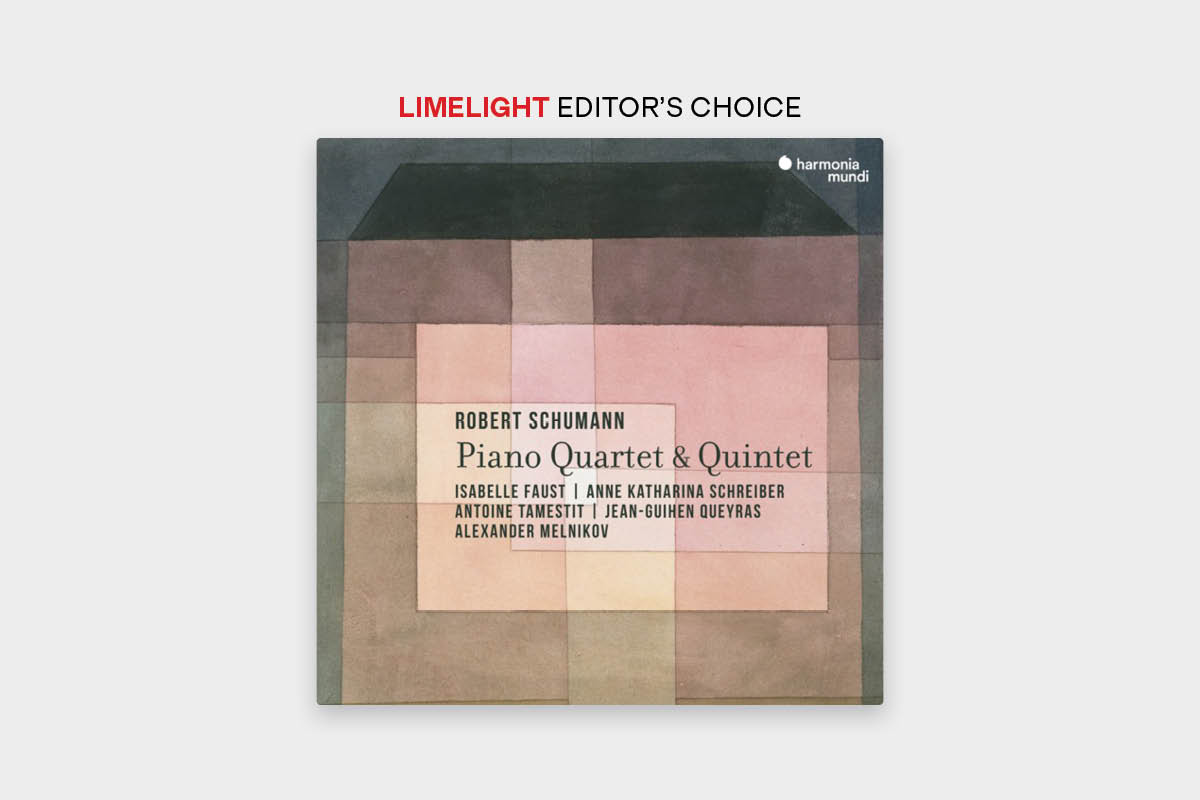This addendum to Harmonia Mundi’s three-volume survey of Schumann’s chamber music led by Isabelle Faust, Jean-Guihen Queyras and Alexander Melnikov stands as first among equals in a series distinguished by the crisp textures and glistening clarity of period instruments.
If the coupling of the Piano Quartet and Quintet (completed within weeks of each other in 1842 and both cast in E-flat major) and the starry ensemble – abetted here by Anne Katharina Schreiber and Antoine Tamestit – alone aren’t enough to prompt interest, the provenance of the instruments on offer surely exert their own appeal.

Violinist Faust, newly anointed Diapason d’Or’s Artist of the Year for 2023, and her viola companion, Tamestit, boast a brace of expressive instruments by string-maker extraordinaire Antonio Stradivari dating, respectively, from 1704 (the so-called ‘The Sleeping Beauty’) and 1672. Queyras makes much of the baritone voice of a 1696 Gioffredo Cappa cello, as does Melnikov an Ignace Pleyel fortepiano, a late contributor to proceedings built in 1851. Schreiber’s anonymous Dutch violin, dating from the last years of the 17th or the first years of the 18th century, is no less articulate.
The blend of temporally mis-matched instrumental voices proves...










Comments
Log in to join the conversation.